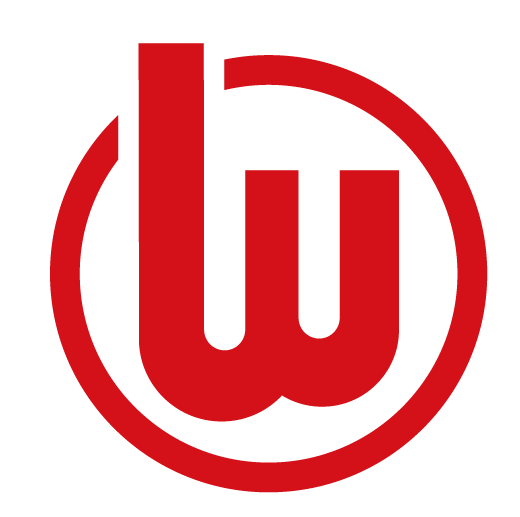Industrial heating elements are the backbone of modern manufacturing and industrial processes, providing the essential heat required for various applications. These components ensure efficient and reliable temperature control, making them indispensable in sectors like manufacturing, food processing, and electronics. As a key innovation, industrial heating elements help optimize energy use and enhance productivity, drawing from advanced technologies that deliver consistent performance. In this article, we'll explore the different types, applications, and benefits of these vital devices, highlighting how companies like GUANGDONG WEBO TECHNOLOGY Co., LTD lead the way with their superior products.
Understanding Electric Heating Elements
Electric heating elements form the core of many industrial systems, converting electrical energy into heat through resistance. These elements are designed for durability and precision, often featuring materials that withstand high temperatures without degrading. For instance, imagine a factory floor where electric heating elements power massive ovens, ensuring uniform heating that prevents material defects and boosts output. GUANGDONG WEBO TECHNOLOGY, with its team of over 500 dedicated employees and a robust annual turnover of around $40 million, produces elements that adhere to stringent ISO 9001 and ISO 14001 standards. Certified by VDE, TUV, UL, CE, and ROHS, their products exemplify reliability, offering features like rapid heat-up times and energy efficiency. Industrial electric heaters, a related category, utilize these elements to provide targeted warmth in environments such as warehouses or assembly lines, reducing operational costs while maintaining safety.
Exploring Heating Element Applications
Heating element applications span a wide array of industries, from automotive to aerospace, where precise temperature control is paramount. In the automotive sector, for example, resistance heating elements are used in paint drying booths, ensuring that coatings cure evenly and enhance vehicle durability. These elements, often embedded in larger systems, deliver consistent heat that adapts to varying demands, making them ideal for high-stakes environments. Infrared heating elements, another innovative type, provide fast and directional heat, perfect for processes like plastic molding or drying textiles, where traditional methods fall short. At GUANGDONG WEBO TECHNOLOGY, their expertise shines through in creating customized solutions that meet diverse customer needs, backed by global certifications that guarantee quality. Industrial heating elements in these applications not only improve efficiency but also contribute to sustainable practices by minimizing energy waste, a testament to the company's commitment to innovation and environmental responsibility.
The Advantages and Future of Industrial Electric Heaters
Industrial electric heaters offer numerous advantages, including quick response times and ease of integration into existing systems. Picture a bustling production line where these heaters maintain optimal temperatures, preventing downtime and ensuring seamless operations. Resistance heating elements, known for their simplicity and cost-effectiveness, are particularly popular in scenarios requiring steady heat over long periods, such as in chemical processing or metal forging. With advancements in technology, infrared heating elements are gaining traction for their ability to heat objects directly, reducing energy loss and improving overall efficiency. GUANGDONG WEBO TECHNOLOGY's products stand out in this landscape, combining cutting-edge design with rigorous testing to deliver heaters that are both powerful and user-friendly. As industries evolve, the demand for versatile heating solutions continues to grow, and companies like GUANGDONG WEBO TECHNOLOGY are at the forefront, driving progress with their certified, high-performance offerings. In conclusion, industrial heating elements represent a blend of technology and practicality, and choosing the right provider can make all the difference in achieving operational excellence.







